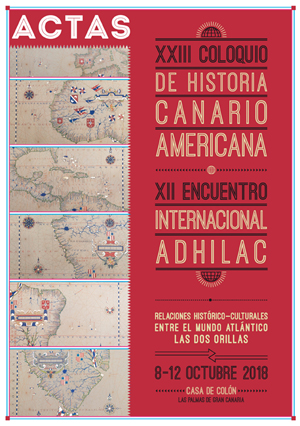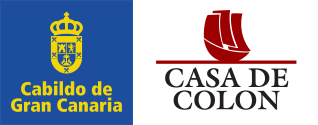Contribución al estudio de las manifestaciones rupestres de los antiguos canarios. Documentación y análisis de imagen de la estación de grabados y pinturas rupestres de Cuevas de Cubas (Telde, Gran Canaria) / Contribution to the rock art study of the...
Resumen
El presente trabajo da a conocer nuevas aportaciones a la estación rupestre de Cuevas de Cubas (Telde, Gran Canaria). Este yacimiento se encuentra catalogado en la Carta Arqueológica Municipal y en la carta arqueológica de Gran Canaria, actualizada en el año 2017. El yacimiento está compuesto por un conjunto de cuevas naturales y artificiales dispuestas a ambos lados de un lomo en cuya cima destaca una estación de grabados rupestres compuesta por tres figuras humanas. Durante el pasado mes de enero de 2017, Pedro Javier Sosa Alonso en compañía de Mª Dolores González Pérez, hallaron nuevos paneles con motivos rupestres pintados en el interior de un abrigo rocoso hasta ahora desconocidos.
En este estudio se han aplicado técnicas de documentación y registro no invasivas. Con ayuda de una cámara réflex hemos podido recopilar la información gráfica sin necesidad de realizar calcos sobre los soportes pétreos, evitando, en todo momento, tocar los motivos grabados y pintados. Por otro lado, hemos aplicado análisis de imagen a los diferentes paneles para poder definir mejor el contorno de las figuras realizadas por los antiguos canarios debido a su baja perceptibilidad a causa del desgaste de la roca a lo largo de los siglos.
La estación rupestre de Cuevas de Cubas se presenta como un patrimonio singular en el repertorio de las manifestaciones rupestres de Gran Canaria. Esto se debe, por un lado, a la exclusividad de albergar grabados y pinturas en un mismo espacio y a las características del contexto en el que se ubica. Estas circunstancias pueden dar pie a diversas interpretaciones sobre este tipo de manifestaciones culturales de los antiguos canarios.
In this work we present the rock art of Cuevas de Cubas (Telde, Gran Canaria) with new contributions. This site, cataloged in the archaeological charts of Gran Canaria, cotains natural and artificial caves around a basaltic outcrop whose peak features a petroglyphs station with three human figures. However, during the month of January in 2017, Pedro Javier Sosa Alonso and Mª Dolores González Pérez found new panels with motifs painted unknown until now to science.
In this study, non-invasive documentation and registration techniques have been applied. With the help of a reflex camera we have been able to compile the graphic information without the need to make tracings on the stone supports, avoiding, at all times, touching the engraved and painted motifs. On the other hand, cause it is a type of rock heritage, sometimes, it is very noticeable by its wear and tear over the centuries, we applied the image analysis to the different panels to define the contour of the figures made by the old canaries.
The rock art of Cuevas de Cubas is presented as a unique heritage in the repertoire of the rock manifestations of Gran Canaria. This is due, on the one hand, to the exclusivity of motifs engravings and painted in the same space, and also to the characteristics of the context in which it´s located. These circumstances can give rise to diverse interpretations about the cultural manifestations of the ancient Canary Islanders.




